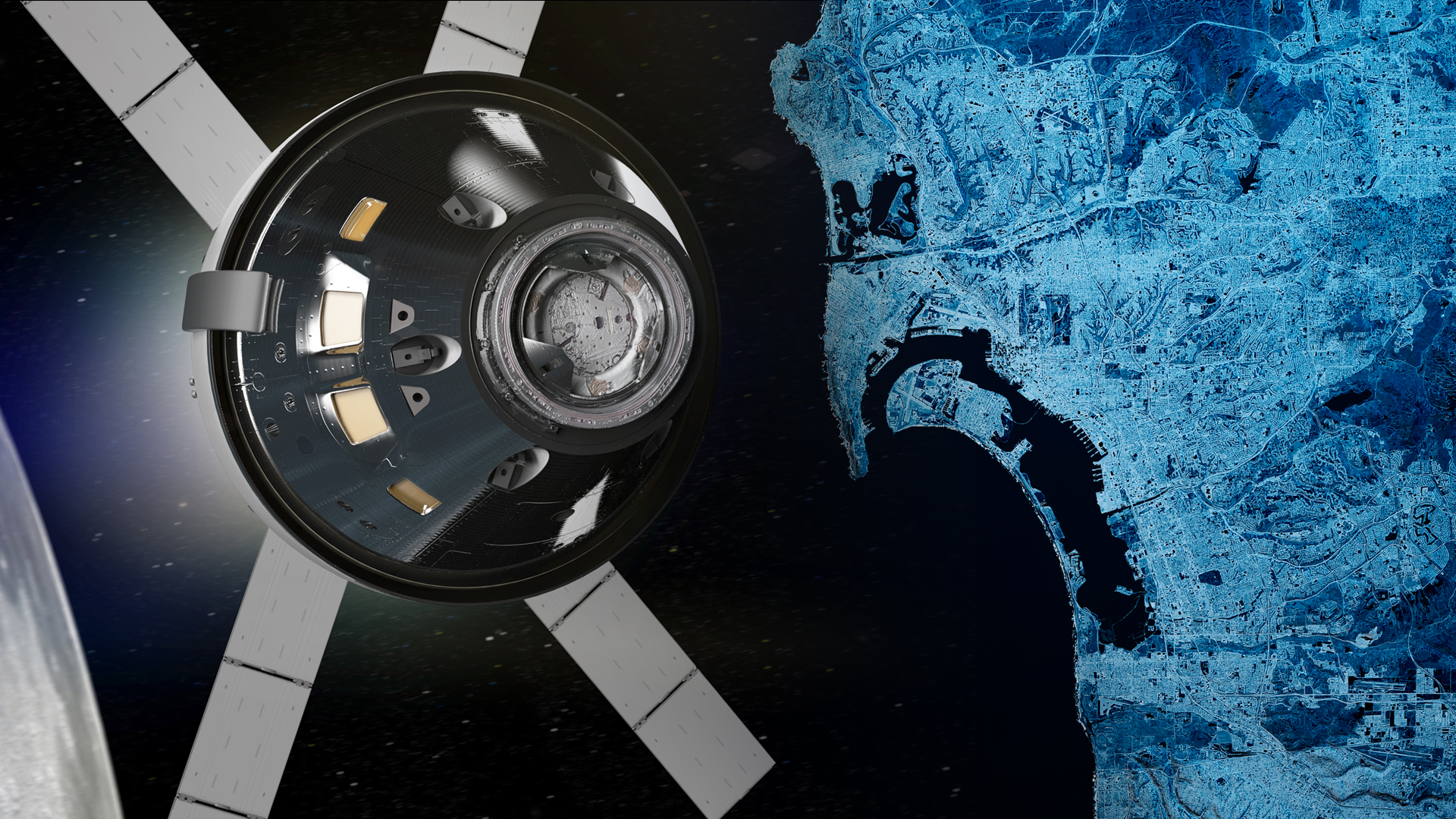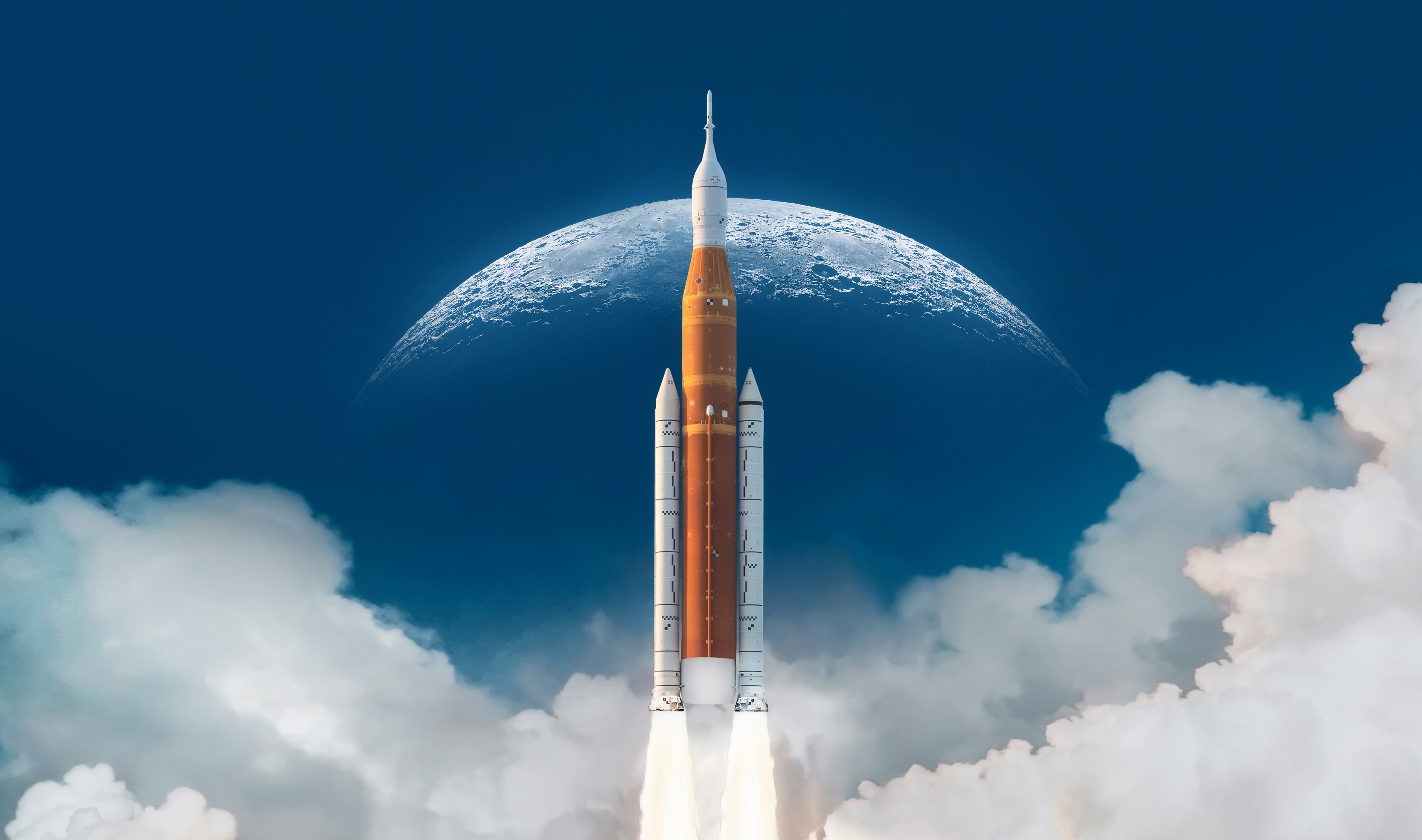Welcome, Orion, to San Diego.
Following a 25-day journey around the moon, NASA's multi-billion-dollar space capsule was safely pulled into San Diego on Monday by the amphibious ship USS Portland.
While splashdown completed NASA's Artemis I Mission, the journey isn't over for the vessel that will one day transport astronauts to the moon. Engineers on Thursday are scheduled to remove Orion from the Navy ship and transport it across the country back to Kennedy Space Center in Florida, where it will undergo post-flight analysis in preparation for its next mission in about two years.
NASA's Artemis Mission in San Diego
Get San Diego local news, weather forecasts, sports and lifestyle stories to your inbox. Sign up for NBC San Diego newsletters.
Orion entered the Earth's atmosphere on Sunday at a speed of about 24,500 mph and slowed to just 20 mph before splashing down in the Pacific Ocean off the coast of Baja California, Mexico, at 9:40 a.m.
The splashdown occurred more than 300 miles south of the original target zone, which was about 50 miles from the coast of San Diego, but USS Portland was in position ready to secure Orion minutes after it reached Earth. The ship stationed itself hundreds of feet away from a vessel as a team of sailors rigged the capsule with a series of cables and hooks and pulled Orion into Portland's well deck. Water was then released back to sea to secure Orion for its journey to shore.
NASA's Artemis I Mission was largely considered a success, despite several flight delays, a fuel leak and budget overruns, for the successful testing of systems that would once again transport humans to the moon, a feat that hasn't been attempted by NASA in more than 50 years.
Photos: Welcome to San Diego, Orion: NASA's Space Capsule Arrives to Port by Navy Ship
Orion, with three test dummies called the "mooniquins" on board, was launched to space by NASA's most powerful rocket yet from the Kennedy Space Center on Nov. 15. The mission was the first combined test of the new Space Launch System rocket, the Orion Capsule and
Artemis I was just the first in a series of missions for NASA, which intends to ultimately get humanity to Mars. First, the Artemis II Mission will aim to transport four astronauts, including the first woman and first person of color, to the moon and Artemis III will get them to the lunar surface.
The Artemis program was named after Apollo’s mythological twin sister. Of course, Apollo was the mission that first got man to the moon.



